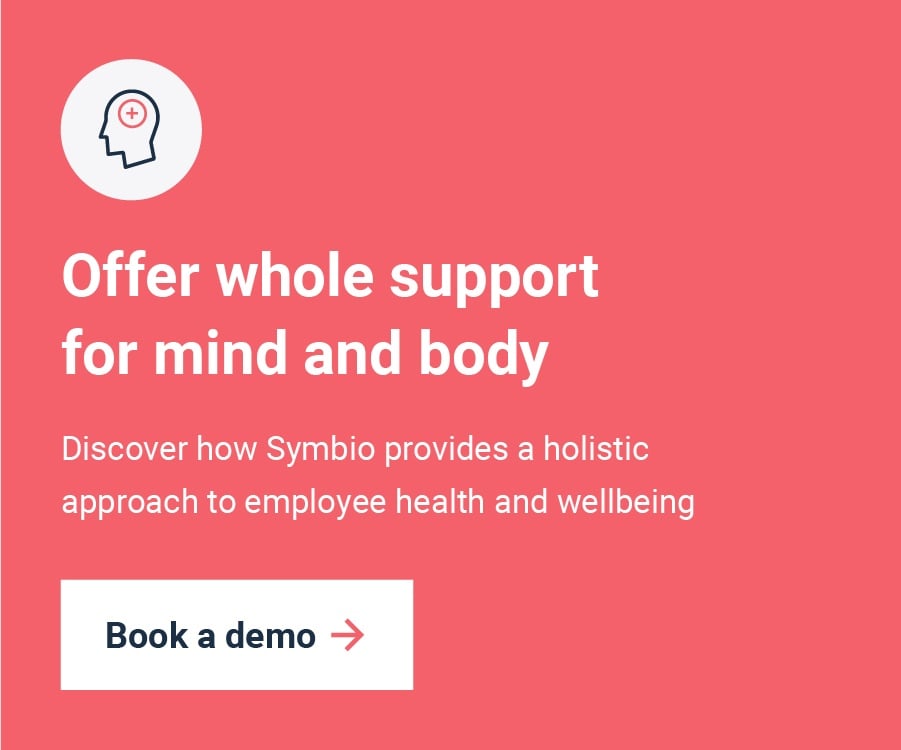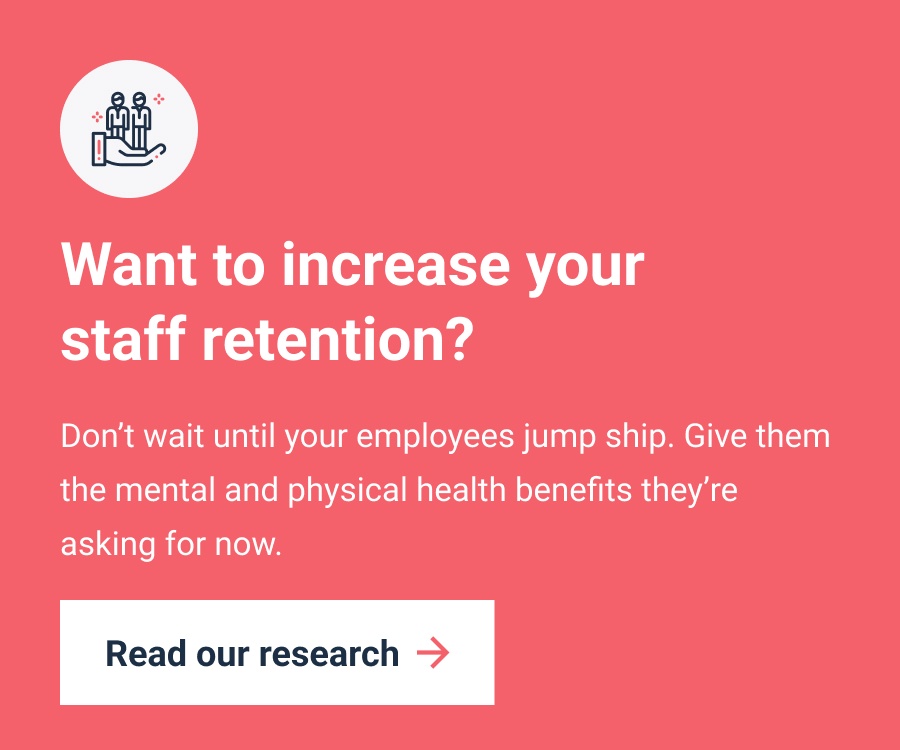In 2020, the overnight shift to remote working left millions adjusting to new challenges. These days, as companies encourage their employees to return to offices, the hybrid model has become the norm.
Nearly 60 percent of UK business leaders believe that hybrid working makes companies more profitable. But, how does this new working model affect wellness? We’ve used hybrid working for many years, but never quite to this global scale. Let’s look at the data to see how this shift has affected employee wellness.
How does hybrid working affect employee wellness?
A recent study of hybrid working employees found that:
- 31 percent found it harder to switch off from work. Merging your home and work life can make it difficult to turn your working brain off. Your workers might be working in their living rooms or bedrooms, which can negatively affect their ability to switch off from working mode.
- 24 percent said it increased their stress levels. Many employees find they work more hours at home and are susceptible to unhealthy working practices like leaveism.
- 27 percent said it made them feel more isolated. A downside to hybrid working is that it limits interaction between employees, such as grabbing a coffee or talking at the water cooler. This leaves workers feeling cut off from their colleagues.
With these stats in mind, it’s time to look at how you can adapt your employee wellness program to meet the needs of hybrid workers.
Looking after your hybrid employees
No matter where they work, your employees deserve the same level of attention for their wellbeing.
Here’s our advice for prioritising employee wellness while using a hybrid model:
1. Equip them with the right tools
A lot of changes have happened in the last few years. So, it’s probably a good idea to review the wellbeing policies you have in place to include your hybrid teams. For example, this might involve ensuring everyone has the proper equipment to do their jobs, wherever they want to work.
Your employees need laptops and the right software, but they also need an environment that supports their physical health. This might include:
- A laptop stand to maintain the correct height for good posture.
- A desk at a suitable height.
- Adjustable chairs with lumbar support.
- Ergonomic keyboard and mouse to reduce the risk of RSI.
- Attachable wrist supports.
- A footrest.
You may want to provide your employees with resources to keep track of and improve their wellbeing. A holistic wellbeing app like Symbio offers learning materials tailored to your employee’s specific needs, based on their own personal data.
2. Demonstrate trust
It’s important to show your employees that you trust them to work at home. This shows empathy, proving to them that you see your employees as individuals and respect their individual circumstances.
Trust takes time to build and a second to shatter. According to HR leaders, employers can help build trust in a variety of ways, including:
- Setting clear expectations.
- Measuring employee success on output rather than time in the office or hours worked.
- Being open to vulnerability.
3. Keep communications channels open
Communication is one of the top challenges facing hybrid and remote workers. Employers must take responsibility for providing their workers with the tools to communicate effectively.
One in five remote working employees struggles with loneliness. Some time in the office relieves this somewhat, but feelings of isolation persist. You can promote positive social interactions by:
- Having regular virtual catch-ups and happy hours.
- Implementing a buddy system, so employees have a colleague they can speak to.
- Monthly in-person meet-ups so office staff and remote workers can get to know each other.
- Organising virtual events like quizzes and discussions.
4. Promote a healthy work-life balance
Poor cardiovascular and mental health can be the result of working long hours. On the other side of the coin, flexible hours and schedules have positive effects on health. Therefore, employers need to encourage a healthy balance for their hybrid workers.
Forty-two percent of surveyed employees say that hybrid work allows them to maintain a healthier work-life balance. But, there are still ways for employers to reduce work time bleeding into their employees’ free time. A few ways to do this are:
- Working only within scheduled hours.
- Taking regular breaks during the day.
- Promoting routines for remote work in the same way as office work.
- Encourage positive activities like healthy eating, drinking more water, and taking a walk at lunchtime.
5. Reach out to employees when necessary
If you feel your employees would benefit from extra help, you may choose to reach out to them, either physically or digitally.
You can provide extra resources in-person to help an employee with their wellbeing. For example, healthy eating initiatives, getting better sleep advice or providing access to subsided healthcare to treat a particular problem.
As for online resources, you might recommend Symbio, a free app that provides personalised multimedia resources for similar situations.
Hybrid is here to stay
According to Microsoft's Work Trend Index surveys, 53 percent of people have considered transitioning to hybrid working in the year ahead. With this in mind, you need to ensure your employee wellness initiatives account for new ways of working.
Respecting individual situations, including the stress and strains they face, will allow your employees to thrive.
Visit our resources page for more information on improving employee wellbeing.






